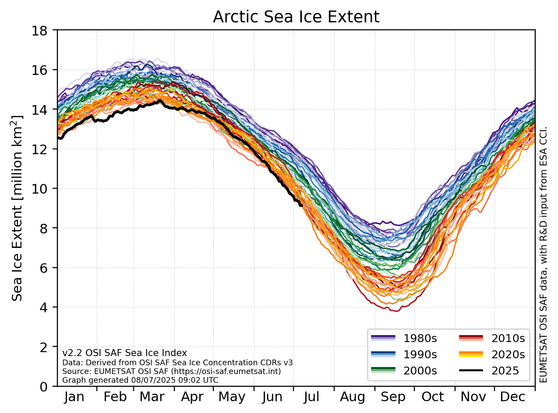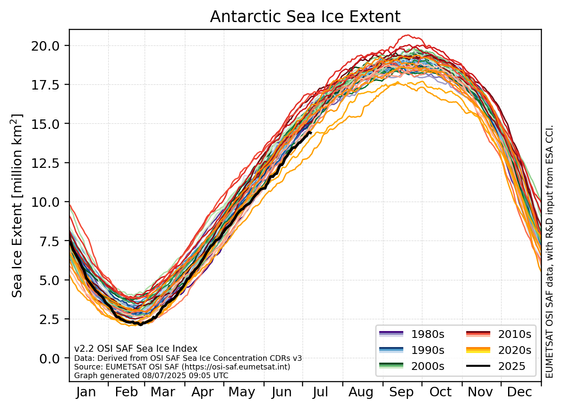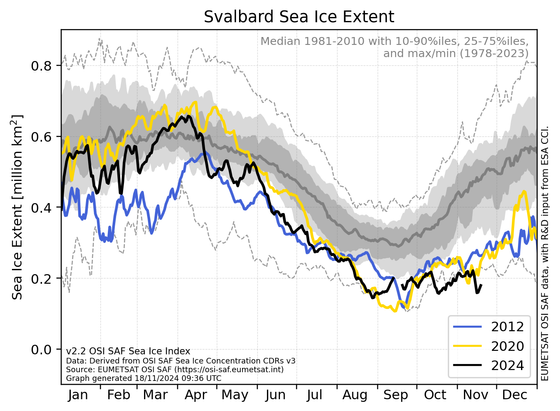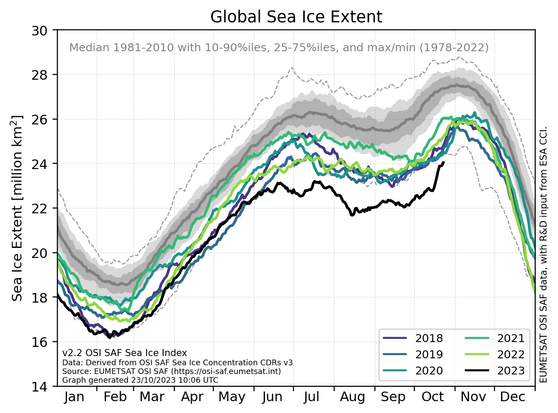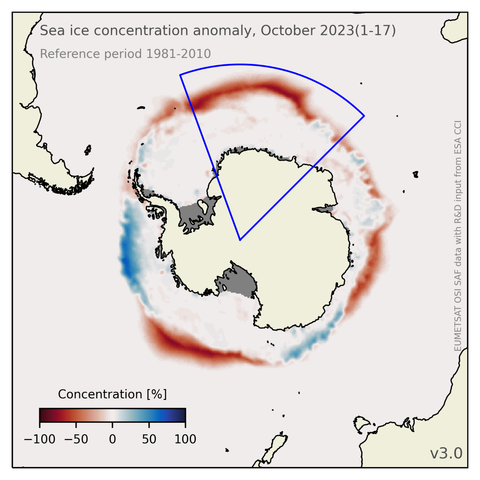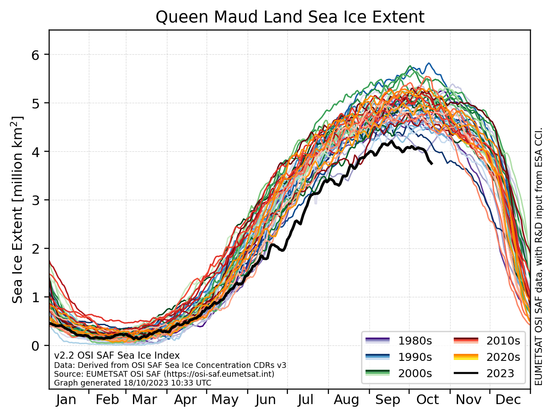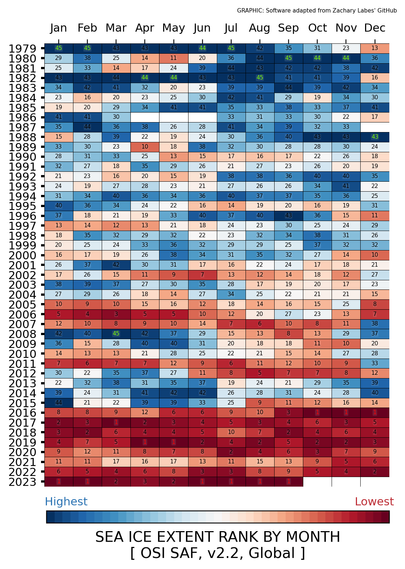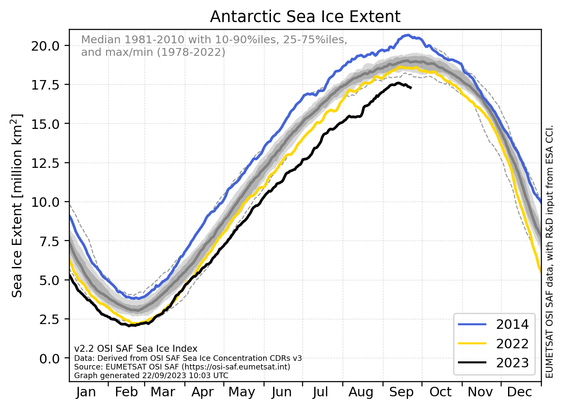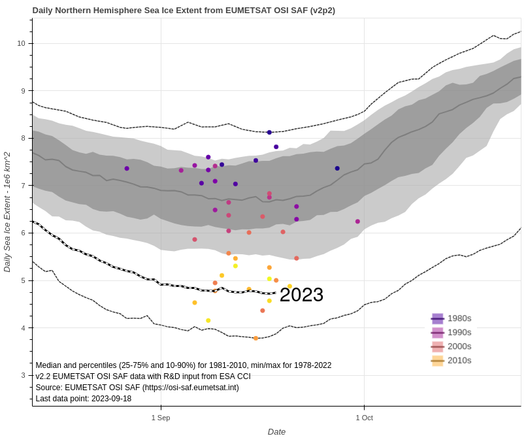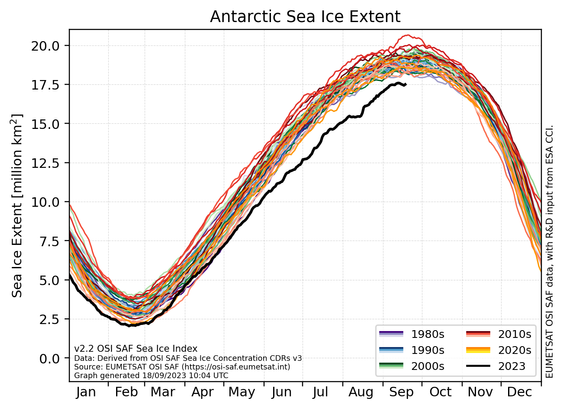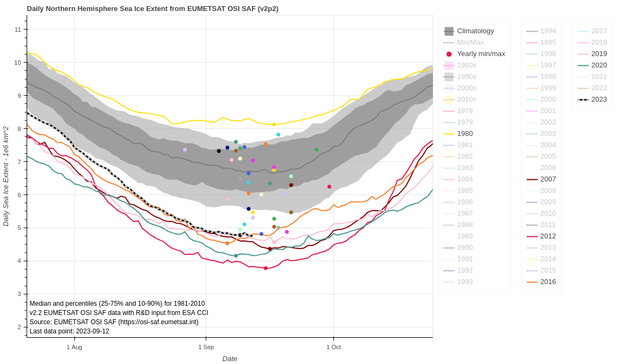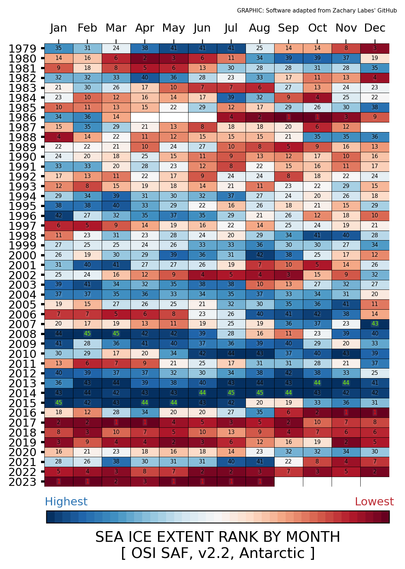Like for the MSG product, the MTG product is a level 3, hourly, sub-skin Sea Surface Temperature derived from Meteosat at 0° longitude, covering 60S-60N and 60W-60E and re-projected on a 0.05° regular grid, in GHRSST compliant netCDF format.
The MTG product benefits from the higher temporal and spatial resolution of MTG, but the output files have the same temporal and spatial sampling as the MSG product.


